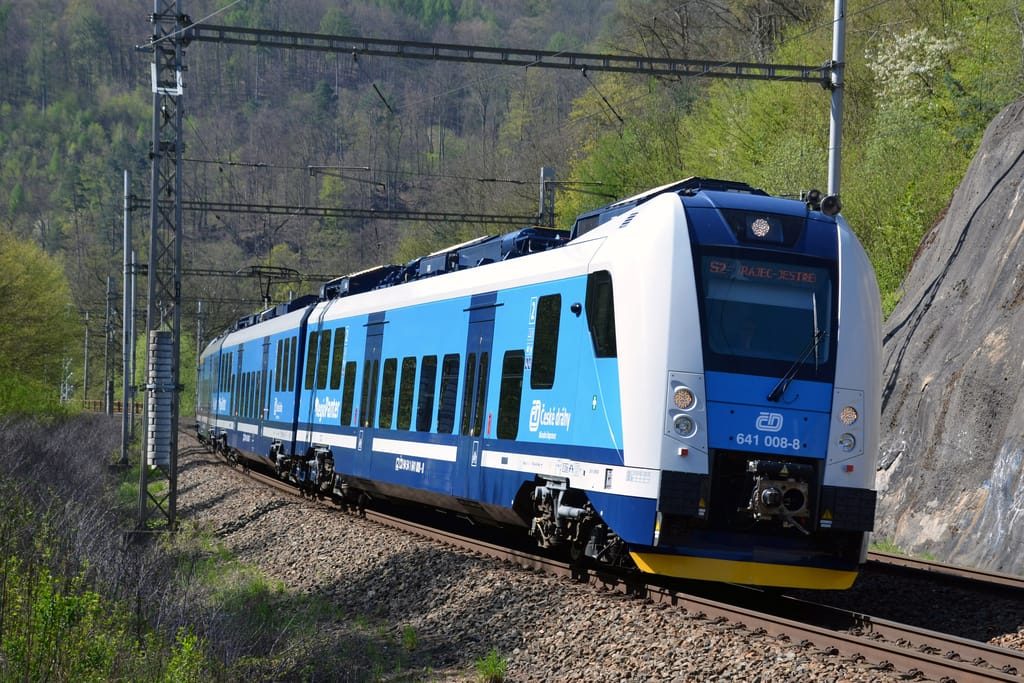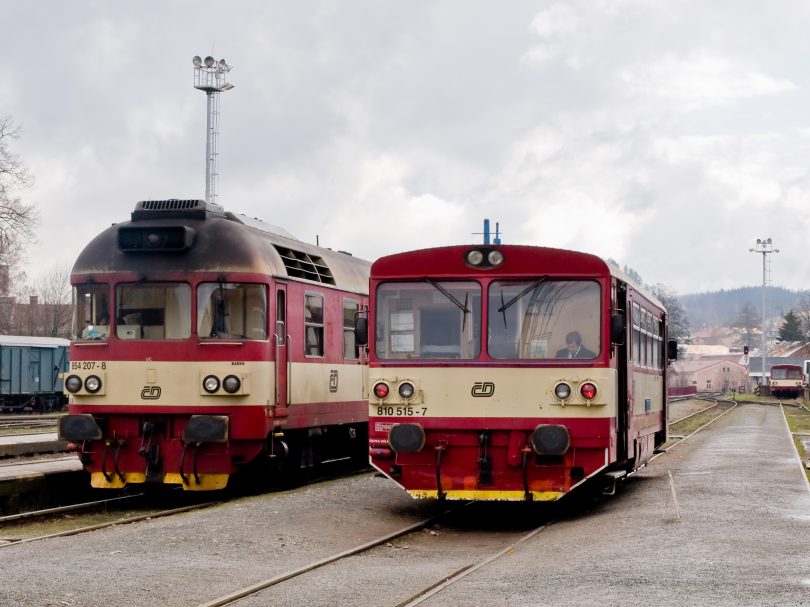In a landmark move, the Czech Republic has secured a substantial loan from the European Investment Bank, signaling a bold step towards modernizing its railway infrastructure.
The loan, totaling an impressive 24 billion crowns (1,026,581,040.00 USD), has been allocated to propel the comprehensive modernization of the Czech railways, with an ambitious target set for completion by 2027.
Formalized through an agreement with the Ministry of Finance, this funding is designated for a diverse portfolio of forty distinct railway projects.
These projects aim to revitalize various facets of the railway system, ranging from safety enhancements at level crossings to bolstering cybersecurity for the railway company and facilitating the construction of new stations and infrastructure.
Beyond its monetary value, the significance of this loan lies in its potential to unlock further financial support, including aid from the European Union.
The Railway Administration will oversee the distribution of these funds, ensuring they are channeled effectively to vital aspects of the railway network.
The modernization initiative promises a host of benefits, including increased maximum speeds and capacity along segments of the Trans-European Transport Network.
The Trans-European Transport Network (TEN-T) is a proposed network within the European Union comprising roads, railways, airports, and water infrastructure. It is part of a larger system called Trans-European Networks (TENs), which also includes telecommunications (eTEN) and a proposed energy network (TEN-E or Ten-Energy). The European Commission initiated plans for these networks in 1990.
This enhancement is expected to strengthen transportation links between different regions within the European Union, fostering greater connectivity and economic integration.
Finance Minister Zbyněk Stanjura, representing the ODS, has hailed the loan as a strategically prudent move, particularly in light of the nation’s current budget deficit.
Stanjura emphasized, “Through the favorable terms of the European Investment Bank’s loan, featuring lower interest rates, we can allocate resources to long-term, strategically important investments. This, in turn, allows us to allocate state budget funds to other pressing priorities.”
Kris Peeters, vice-president of the European Investment Bank, anticipates that the modernized rail services will encourage a shift from road to rail transport, thereby contributing to a reduction in adverse environmental impacts.
The Czech Republic’s endeavor to upgrade its railway network aligns with broader European efforts, with countries like France and Italy also pursuing ambitious plans to enhance their high-speed railway systems.
Current Rail Service in Czechia

The Czech Republic’s rail transport system is robust, handling 193.5 million passengers and 68.37 million tonnes of cargo in 2019 and 2009 respectively. The majority of passenger services are operated by the state-owned company České dráhy, while ČD Cargo manages cargo services.
With 9,420 km of standard gauge track, 3,153 km of which is electrified, the country has two main electrification systems: 3 kV DC in the north and 25 kV 50 Hz AC in the south.
The network is interconnected with all four neighboring countries (Slovakia, Austria, Germany, and Poland), with major hubs in Prague, Ostrava, Brno, and Břeclav. Praha hlavní nádraží is the busiest station. The maximum speed on Czech rails is 160 km/h (99mph).

Czechia’s Rail History

Rail transport in what is now the Czech Republic has roots dating back to the Austro-Hungarian empire.
The region saw early developments, including the first horse-drawn railway in Europe between České Budějovice and Linz in 1832. By the late 19th century, the rail network expanded rapidly across Europe.
Following the First World War and Czechoslovakia’s independence, Československé státní dráhy (Czechoslovak state railways) was established. During the Cold War era, border crossings with Austria and West Germany were tightly controlled.
However, after the fall of communism, the railway network reopened to Western Europe, with the introduction of EuroCity trains in 1991.
In the 21st century, extensive modernizations have been undertaken, including the introduction of newer rolling stock like the Class 680 “pendolino.”
(eTN): Czech Republic Secures 24 Billion Record Loan for Rail Modernization | re-post license | post content























